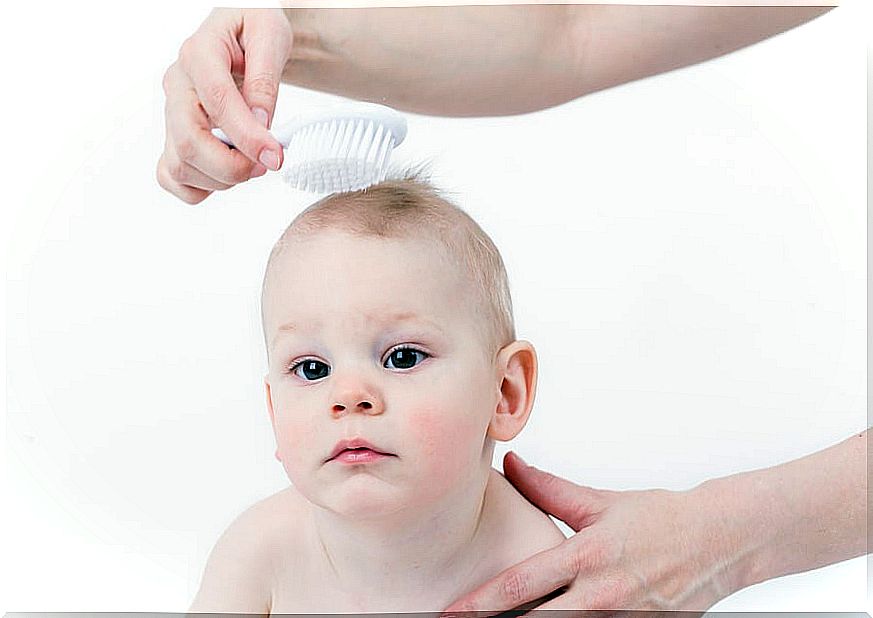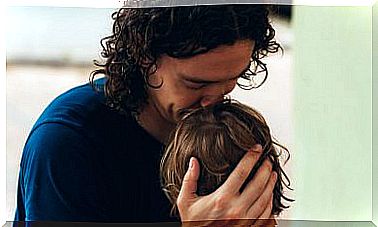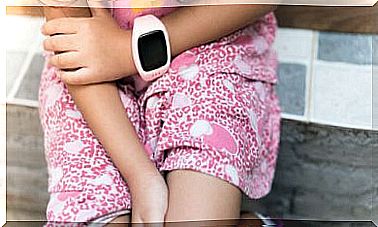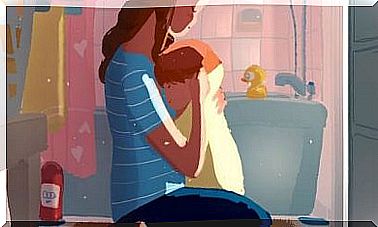Curiosities About The Cradle Cap
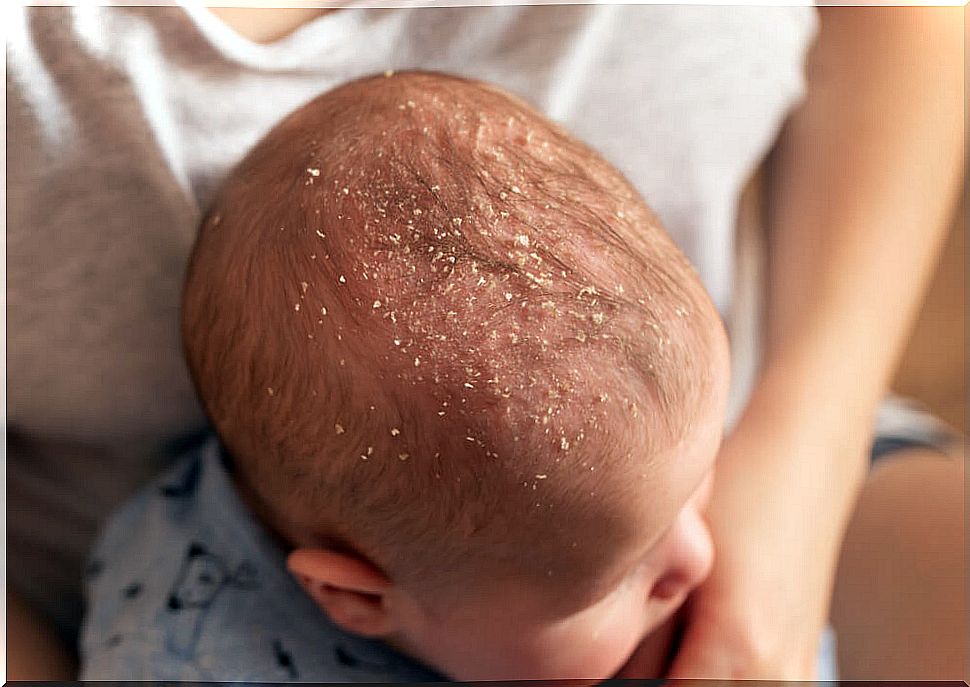
Cradle cap is an inflammation on the scalp of babies; its presence is distinguished by scales of yellowish or whitish tones. Sometimes it spreads towards the face, settling on eyebrows, eyelashes and even eyelids. Next, we will see facts and curiosities about the cradle cap.
Treatment of cradle cap is straightforward and usually clears up on its own within six months to three years of the baby. However, infantile seborrheic dermatitis or cradle cap can be uncomfortable for the child and of concern to parents.
Curiosities about cradle cap
About this condition in the baby’s head, there are some curious facts that parents should know:
- How to recognize cradle cap : this fatty layer attached to the baby’s head can appear in the first weeks of life; about 12% of babies can get it. Although in principle the scales can go unnoticed, little by little the thickness increases.
- Cradle cap does not necessarily cover the entire head: sometimes it only focuses on one part of the scalp. If it is not treated in time, the hair in that sector may fall out.
- Although the name refers to milk, one of the curiosities about cradle cap is that, in reality, its appearance has nothing to do with the child’s diet.
In different parts of the body
- Cradle cap not only occurs on the head, it can also spread to the eyelashes, ears, eyebrows, neck, nose, groin, and armpits. In these cases, it is called seborrheic dermatitis, although it is the same problem.
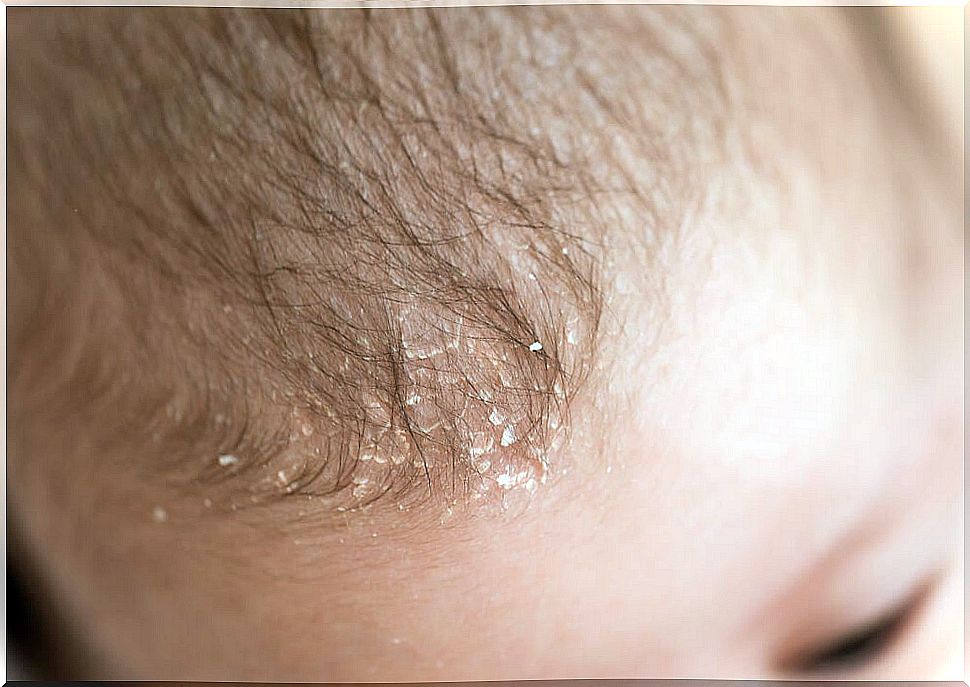
- If the swelling is increasing it may be itchy, otherwise it may not be bothersome at all. In the case of severe itching, the risk is that the child will try to scratch and injure himself.
- Just because a baby has cradle cap does not mean they are unhygienic. In general, pediatricians do not give much importance to this skin problem. Its formation can be caused by an excess of fat typical of the skin.
The causes and myths
There are several possible causes of cradle cap. On the one hand, its appearance is attributed to excess fat in the skin and also to a genetic predisposition, since it is believed that certain hormones received in the maternal placenta could overstimulate the sebaceous glands. Likewise, high temperatures can favor their appearance.
Many myths and curiosities circulate about cradle cap, but the truth is that it is not contagious or caused by any allergies. It is also not caused by a hormone present in breast milk.
Treatment for cradle cap
Here are some tips for treating this uncomfortable condition:
- The treatment for cradle cap or seborrheic dermatitis should be, ideally, simple and natural. Among other things, because it is neither more nor less than the head of a baby, which is known how delicate it is in the first months of life.
- As a treatment: almond and olive oils are the best home remedy against cradle cap. The mode of application is through a gauze soaked in one of these liquids. Rub it gently over the affected area and leave it to act for fifteen minutes.
- If the area with cradle cap is on the scalp, wash it with a neutral shampoo. If it is from another part of the body, just plain soap and water. The region is then gently brushed to finish removing the scabs.
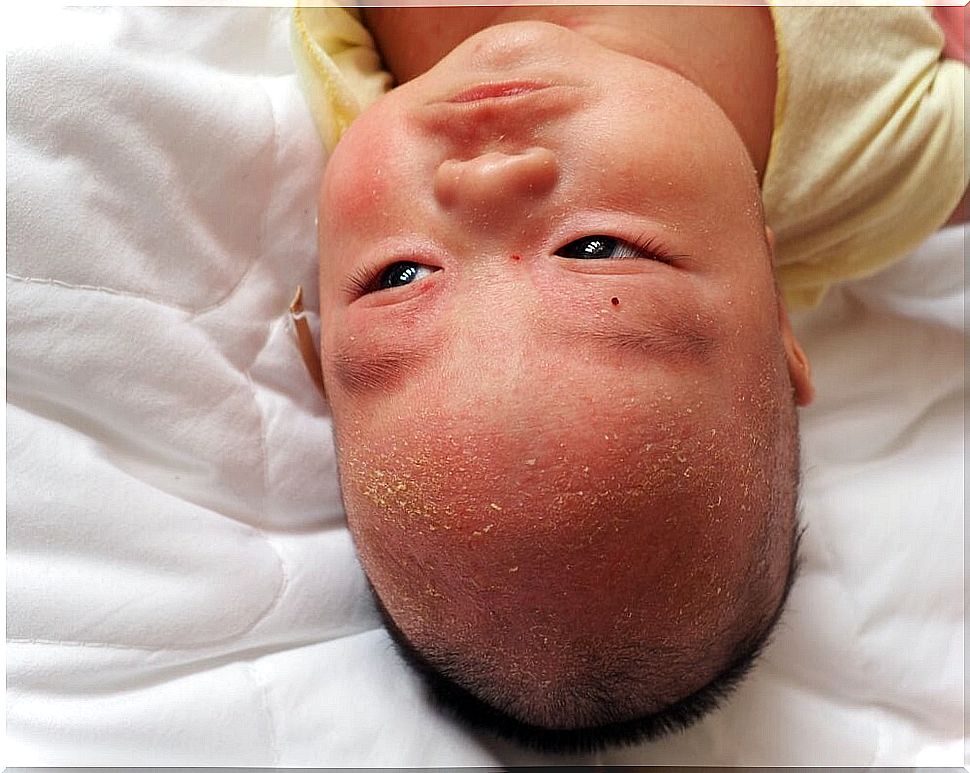
- Cradle cap can take a few days to heal. In fact, it will probably reappear after a while. In this case, the treatment is simply carried out identically to the last time.
- Your pediatrician or children’s dermatologist may recommend the use of a specific cradle cap shampoo, especially if the inflammation is too intense and has spread to the rest of the body.
- If the edges of the scales are red, it is most likely an infection. In those cases, the visit to the pediatrician is urgent. According to the severity presented, the doctor may prescribe a cream with corticosteroids, in addition to indicating specific prevention treatments.
In conclusion, the curiosities about the cradle cap have led to the creation of several myths about its appearance and care that contribute nothing to the solution of the problem. Even if it is a minor matter, it is always good to mention it to the pediatrician, who will recommend a specific treatment.
